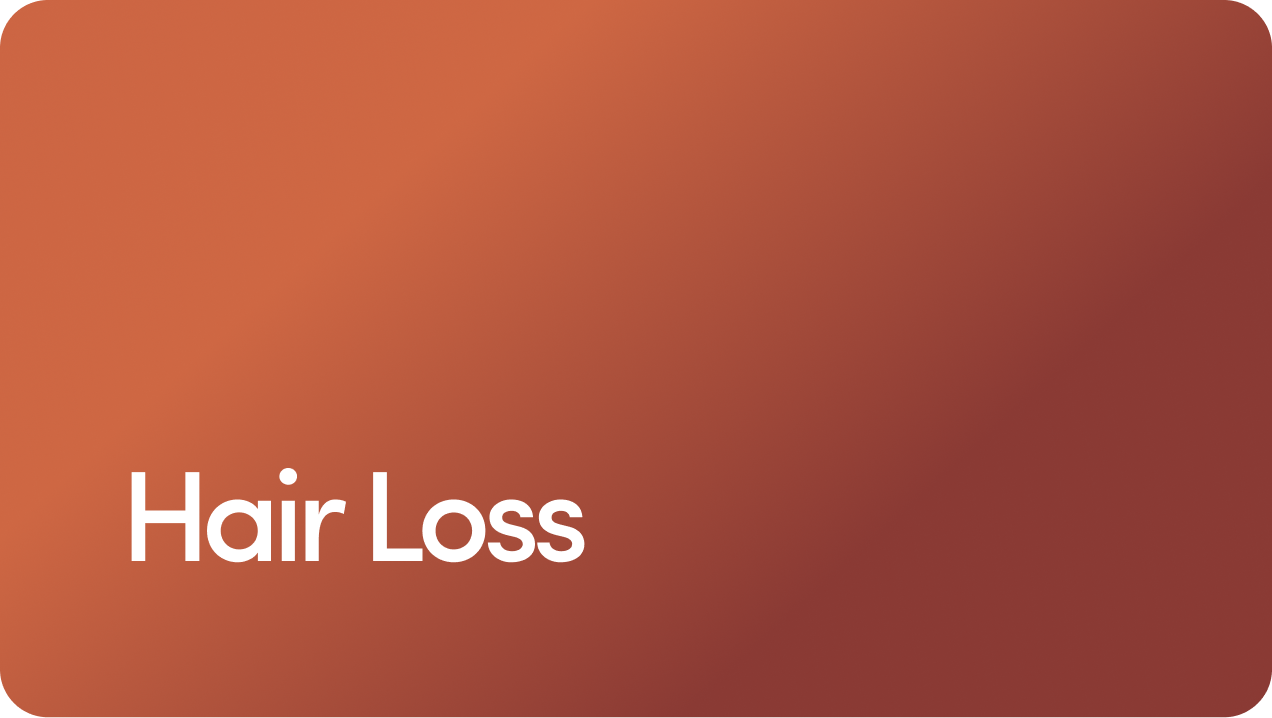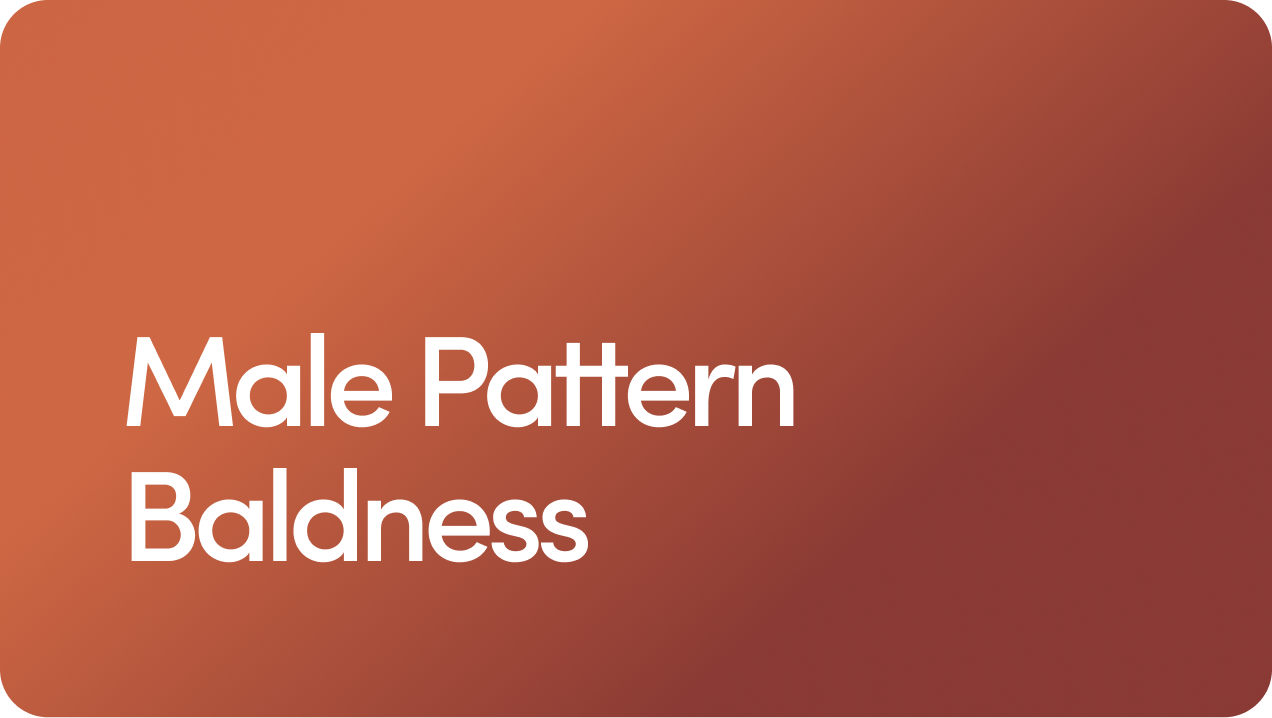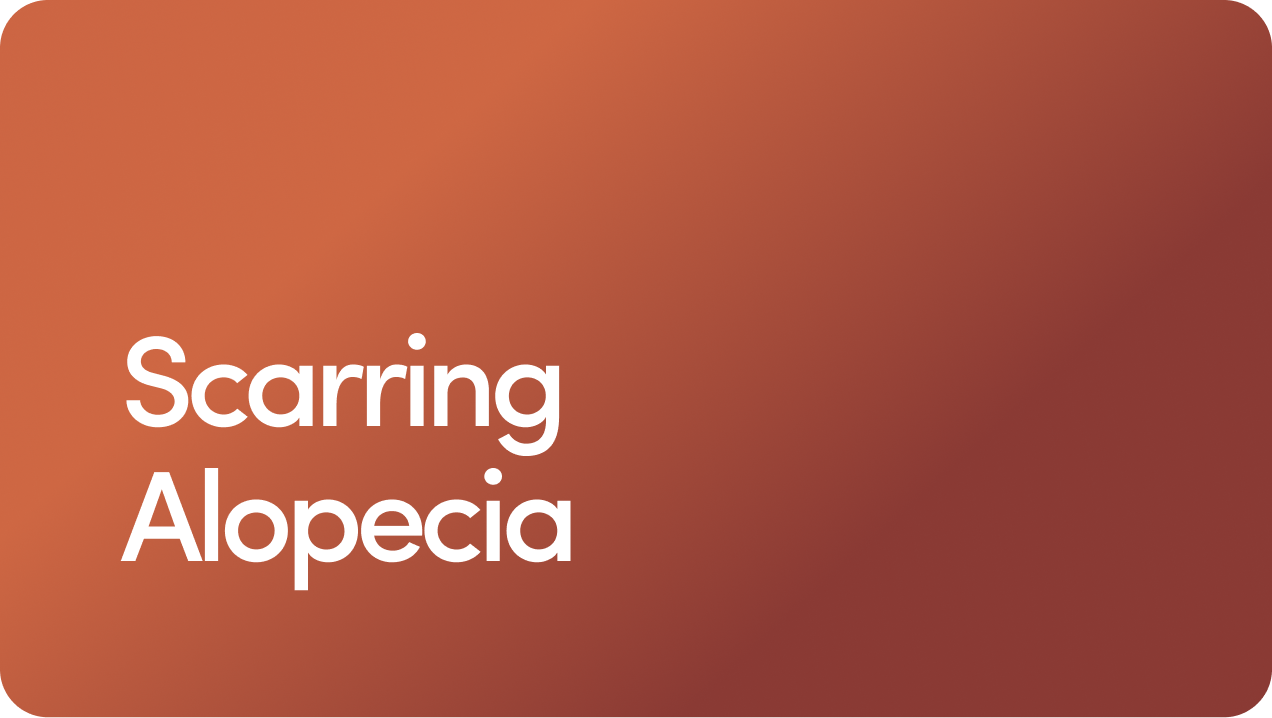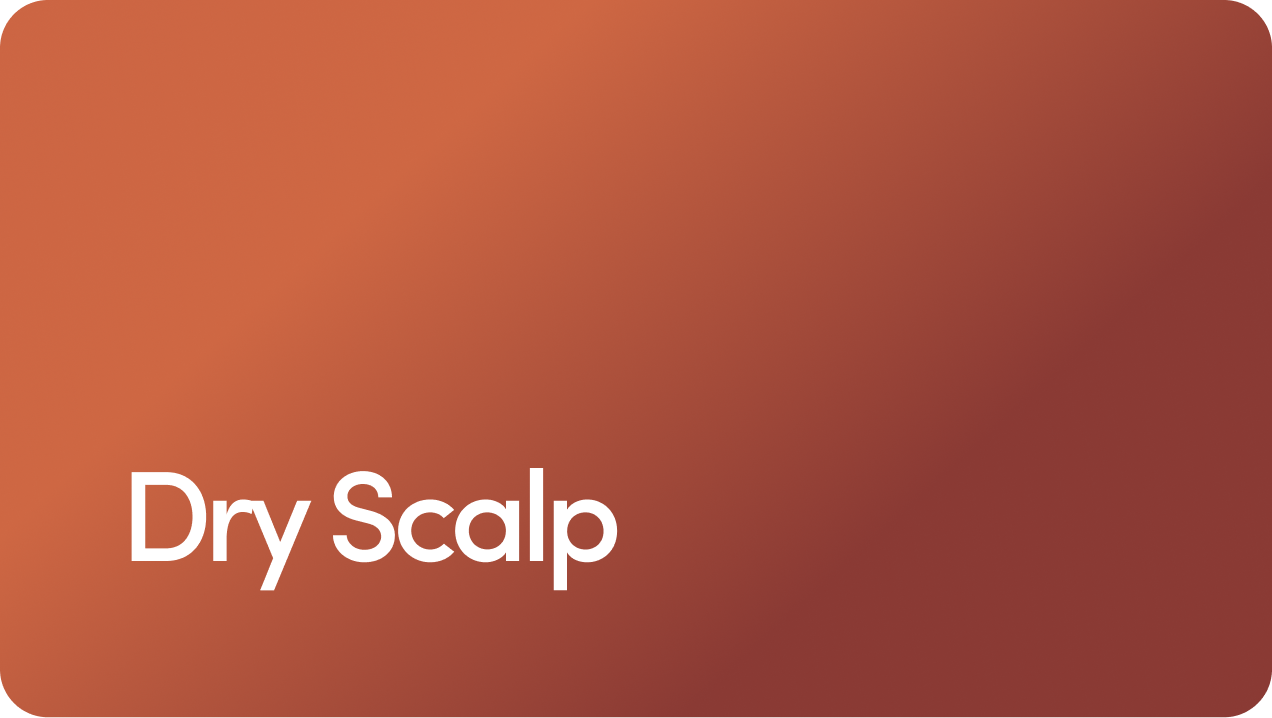Trichorrhexis Nodosa
Trichorrhexis nodosa is a common disorder of the hair shaft (the visible strands growing out of skin).
Overview
What Is Trichorrhexis Nodosa?
Trichorrhexis nodosa is a common disorder of the hair shaft (the visible strands growing out of skin). It’s characterized by weak points, called nodes, that develop along strands of hair, leading to breakage and fraying.
Trichorrhexis nodosa affects the structural integrity of hair, making it more vulnerable to damage during routine activities like drying, combing, or styling. This condition can affect people of all ages, genders, and hair types, though it may impact some folks more significantly than others.
Symptoms
What Are the Symptoms of Trichorrhexis Nodosa?
Trichorrhexis nodosa is unlikely to cause any physical discomfort. Instead, you’ll probably notice changes to how your hair looks and feels, which may eventually impact how easily it can be managed and styled.
Common trichorrhexis nodosa symptoms include:
Visible breakage. Hair may appear uneven, or you might notice it breaking more frequently, leaving more noticeable split ends.
Knots or nodes. While they’re usually hard to see with the naked eye, you might notice whitish-colored nodes or weak points where your hair shafts are likely to break.
Dryness and dullness. As the hair weakens and breaks, it can eventually feel dry and lose its shine, giving a dull appearance.
Fraying and frizzing. Your hair may start to tangle more easily or feel rough and frizzy as it becomes weaker.
Reduced hair length. Trichorrhexis nodosa can disrupt normal hair growth, and the increase in broken hairs can make it harder to grow your hair long.
Causes
Causes of Trichorrhexis Nodosa
Many factors can be involved in the development of this condition, but trichorrhexis nodosa causes generally include at least one of the following:
Genetics
Trauma to the hair
Underlying health conditions
Keep reading for more details about these potential causes and risk factors.
Genetics
There can sometimes be a genetic component, where an inherited predisposition leads to structural vulnerabilities in the hair shaft. In other words, something being passed down in your family tree may be setting up your hair to break.
These genetic factors might influence the composition or structural integrity of keratin, the main protein that gives hair its strength.
If you’re noticing symptoms of weakness and breakage, it might be worth asking family members if they’ve experienced something similar — or have ever been told they have trichorrhexis nodosa.
Trauma to the Hair
How you manage and style your hair plays a significant role in developing trichorrhexis nodosa if your hair shafts are vulnerable to begin with.
For instance, if you tend to be a harsh brusher or comber, frequently use high-heat drying and styling methods, or get chemical treatments like perming or bleaching.
Men who wear long hair in tight hairstyles should also take note. This extra tension on the hair can weaken the protective cuticle layer of hair strands, causing it to develop nodes or just break.
Trichorrhexis nodosa in men’s beards could be a result of trauma caused by continuously wearing face masks, like during the height of the COVID-19 pandemic.
Underlying Health Conditions
Sometimes, there might be an underlying medical condition that makes hair more likely to develop trichorrhexis nodosa, but this is rarely a primary cause.
For example, disorders affecting the production of keratin, certain metabolic imbalances, or thyroid dysfunction (like hypothyroidism) can encourage weakened hair and breakage.
There’s also argininosuccinic aciduria (ASA), trichothiodystrophy, and trichorrhexis invaginata, three rare, inherited disorders that can cause brittle hair. Netherton syndrome affects the immune system and can contribute to hair conditions like trichorrhexis nodosa.
Another rare genetic disorder is ectodermal dysplasia, which can cause thinning hair on the scalp, appendages (arms and legs), and other areas of the body.
When certain vitamin or mineral stores are significantly depleted, it could show up as changes in hair strength or structure. Then there’s Menkes kinky hair syndrome, where not enough copper makes it to hair follicles, making it hard for strands to grow normally.
Risk Factors
Risk Factors for Trichorrhexis Nodosa
Certain things may increase your risk of developing this condition by affecting the strength and structure of the hair shaft. This includes:
Genetics. A family history of hair fragility or conditions affecting keratin production can increase your susceptibility to trichorrhexis nodosa.
Harsh styling habits. Excessive brushing, tight hairstyles, or using accessories that pull or tug on hair can weaken the shaft over time.
Chemical damage. Regular exposure to harsh chemicals, such as those in hair dyes, relaxers, or bleaching agents, can erode the protective cuticle.
Heat tool use. Frequent use of high-heat tools like flat irons, curling irons, and blow dryers can cause brittle hair, making it more prone to breakage.
Poor hair care practices. Skipping conditioning treatments or using products that strip natural oils can leave hair brittle and vulnerable.
Nutritional deficiencies. A lack of essential nutrients, like iron or amino acids, can impair hair growth and structural integrity.
Underlying health conditions. Disorders such as hypothyroidism, anemia, or skin conditions like eczema can weaken the hair shaft or impede proper hair growth.
Environmental stressors. Prolonged exposure to UV rays, pollution, or extreme weather can dry out hair and damage the cuticle.
Diagnosis
Diagnosing Trichorrhexis Nodosa
Diagnosing trichorrhexis nodosa typically involves a combination of a clinical exam, taking a detailed patient health history, and performing other specialized analyses if needed.
Here are some things you might expect when consulting your healthcare provider or a dermatology professional about hair shaft symptoms:
Medical history. A healthcare provider or dermatologist will ask about hair care practices, styling routines, exposure to chemical treatments, and any history of hair or skin conditions. Information about underlying health issues, dietary habits, or genetic predispositions is also helpful.
Physical exam. A medical professional will visually inspect affected hair, looking for signs of nodes, breakages, and other abnormalities pointing to a hair shaft disorder. They might also look at scalp hair and skin to see if there’s scaliness, inflammation, or dermatitis.
Microscopic examination. To confirm a diagnosis, a hair sample is often examined under a microscope (called a trichoscopy) or using light microscopy. This can identify characteristic features of trichorrhexis nodosa, such as nodes, breakages, or loss of the protective cuticle. Under the light, tiny nodules look like “thrust paintbrushes,” as if two brushes or brooms are smooshed into each other.
Ruling out other hair conditions. Hair damage can have multiple causes, so your provider will probably try to weigh differential diagnoses, like fungal infections, alopecia, or trichotillomania (hair-pulling disorder).
Lab tests. While not always necessary, lab tests might be ordered to check for hormonal imbalances, nutritional imbalances (such as iron deficiency), or other concerns if your provider suspects another underlying health condition.
As with any health condition, getting an accurate trichorrhexis nodosa diagnosis is essential for figuring out an appropriate plan to treat symptoms and address the root causes.
Treatment
Treating Trichorrhexis Nodosa
Trichorrhexis nodosa treatment focuses on strengthening the hair shaft, preventing further damage, and addressing underlying causes.
Which treatment is recommended for a client with trichorrhexis nodosa depends on personal needs but often includes adjustments to a hair care routine or medical interventions — sometimes both.
Adjusting Hair Care Practices
Handling hair with care helps prevent further damage. Avoid harsh brushing, use hydrating hair care products, limit high-heat styling tools, and steer clear of bleaching, perming, and chemical treatments that weaken hair shafts.
Minoxidil
In cases where trichorrhexis nodosa stems from chronic hair loss or insufficient hair regrowth due to something like traction alopecia, some providers might prescribe minoxidil.
This doesn’t directly address the structural fragility of your hair with trichorrhexis nodosa, but it may help promote hair regrowth.
Addressing Nutritional Gaps
If nutrition issues are suspected, make sure you’re eating a well-rounded diet with plenty of vitamins, minerals, protein, and omega-3 fatty acids.
Some people benefit from a daily multivitamin or a supplement designed to support hair health, like our biotin gummies.
Treating Underlying Conditions
Managing health issues like anemia, hypothyroidism, or scalp disorders is crucial to reduce further hair breakage and support hair strength.
Dermatological Interventions
In some cases, a dermatologist may recommend a topical treatment or another specialized therapy to help address a hair shaft defect and strengthen hair.
Regular Hair Maintenance
Getting regular trims can help remove damaged split ends to prevent further breakage.
Though trichorrhexis nodosa can’t always be completely reversed, sticking to your personalized treatment plan can make a big difference in management and prevention.
Prevention
Trichorrhexis Nodosa Prevention Tips
Preventing trichorrhexis nodosa involves adopting habits and practices that protect hair from damage while promoting its overall health.
Follow these tips to reduce the risk of developing this condition.
1. Practice Gentle Hair Care
Use a wide-tooth comb or detangling brush to avoid tugging and breaking your hair, and avoid over-brushing it. Rather than rubbing wet hair vigorously after washing it, pat it dry with a soft towel and allow it to air dry.
2. Limit Heat Exposure
Reduce how often you use high-heat styling tools like curling irons and hair-straightening wands, and minimize blow-drying it. If you do use these, apply heat-protectant products to help safeguard your hair from heat-related stress.
3. Avoid Harsh Chemical Treatments
If you color your hair, opt for ammonia-free and less damaging dye options rather than bleach, as these can cause chemical trauma. Skip or limit perms or relaxing treatments that weaken the hair shaft.
4. Prioritize Hair Hydration
Use moisturizing shampoos and conditioners designed to strengthen hair. Make it a habit to include deep-conditioning treatments once a week to help restore moisture and improve hair elasticity.
5. Protect Hair from Environmental Stressors
Shield your hair from the elements that can cause acquired trichorrhexis nodosa. Wear hats or use UV-protectant hair products when spending time in direct sunlight, and minimize chlorine and saltwater damage by wearing a swim cap and rinsing your hair when you’re done swimming.
6. Maintain a Nutrient-Rich Diet
Good nutrition is essential for overall health, including that of your hair. The best way to ensure you’re getting a balance of nutrients is to eat a variety of healthy foods, including fruits, vegetables, nuts, seeds, whole grains, legumes, and other lean proteins. And make sure you’re staying hydrated.
7. Be Mindful of Hairstyles
Choose looser hairstyles to reduce stress on your hair shafts, and use soft ties versus elastic bands that cause breakage.
8. Regularly Trim Damaged Ends
Consult your hairstylist to determine the best hair maintenance plan for your needs. Getting it trimmed regularly can help prevent split ends from traveling further up your hair shaft and causing more damage and hair loss.
This article is for informational purposes only and does not constitute medical advice. The information contained herein is not a substitute for and should never be relied upon for professional medical advice. Always talk to your doctor about the risks and benefits of any treatment. Learn more about our editorial standards here.
17 Sources
- Choudhary SV, et al. (2012). Menkes kinky hair disease. https://pmc.ncbi.nlm.nih.gov/articles/PMC3482811/
- Faghr S, et al. (2008). Trichothiodystrophy: a systematic review of 112 published cases characterises a wide spectrum of clinical manifestations. https://pmc.ncbi.nlm.nih.gov/articles/PMC3459585/
- Fichtel JC, et al.. (2007). Trichorrhexis nodosa secondary to argininosuccinicaciduria. https://pubmed.ncbi.nlm.nih.gov/17300644/
- Gangal A, et al. (2022). Mask-associated acquired trichorrhexis nodosa of the beard. https://www.jaadcasereports.org/article/S2352-5126(22)00007-8/fulltext
- Geeta SG, et al. (2024). Hair shaft fracture in a young athlete: a rare case report of acquired trichorrhexis nodosa. https://pmc.ncbi.nlm.nih.gov/articles/PMC11415140/
- Haskin A, et al. (2017). Breaking the cycle of hair breakage: pearls for the management of acquired trichorrhexis nodosa. https://pubmed.ncbi.nlm.nih.gov/27718775/
- Jindal R, et al. (2022). Acquired trichorrhexis nodosa secondary to trichoteiromania: prompt diagnosis using trichoscopy. https://pmc.ncbi.nlm.nih.gov/articles/PMC8923140/
- Lurie R, et al. (1996). Trichorrhexis nodosa: a manifestation of hypothyroidism. https://pubmed.ncbi.nlm.nih.gov/8726720/
- Martin AM, et al.(2011). Localised acquired trichorrhexis nodosa of the scalp hair induced by a specific comb and combing habit - a report of three cases. https://pubmed.ncbi.nlm.nih.gov/21769235/
- McFeely O, et al. (2022). BH16: Trichorrhexis nodosa improving with oral minoxidil: a case report. https://academic.oup.com/bjd/article-abstract/187/S1/103/6700317?login=false
- Mirmirani, P. (2010). Ceramic flat irons: improper use leading to acquired trichorrhexis nodosa. https://www.jaad.org/article/S0190-9622(09)01149-9/fulltext
- National Center for Advancing Translation Sciences. (2024). Netherton syndrome. https://rarediseases.info.nih.gov/diseases/7182/netherton-syndrome
- National Institute of Dental and Craniofacial Research (NIDCR). (2024). Ectodermal dysplasia. https://www.nidcr.nih.gov/health-info/ectodermal-dysplasia
- Sakthibalan R, et al. (2023). Severe iron deficiency anemia causing trichorrhexis nodosa - an unusual presentation. https://pubmed.ncbi.nlm.nih.gov/36518006/
- Shah S, et al. (2017). Trichoscopy of an isolated trichorrhexis nodosa: a case report. https://pmc.ncbi.nlm.nih.gov/articles/PMC5621213/
- Singh G, et al. (2016). Prognosis and management of congenital hair shaft disorders without fragility-part II. https://pubmed.ncbi.nlm.nih.gov/27293153/
- Turra N, et al. (2018). Acquired trichorrhexis nodosa: how to diagnose it?. https://pubmed.ncbi.nlm.nih.gov/30695984/
Editorial Standards
Hims & Hers has strict sourcing guidelines to ensure our content is accurate and current. We rely on peer-reviewed studies, academic research institutions, and medical associations. We strive to use primary sources and refrain from using tertiary references. See a mistake? Let us know at [email protected]!
Related Conditions
 Hair Loss
Hair Loss
 Male Pattern Baldness
Male Pattern Baldness
 Dandruff
Dandruff
 Scarring Alopecia
Scarring Alopecia
 Seborrheic Dermatitis
Seborrheic Dermatitis
*All images feature a model portrayal
(unless otherwise noted).
